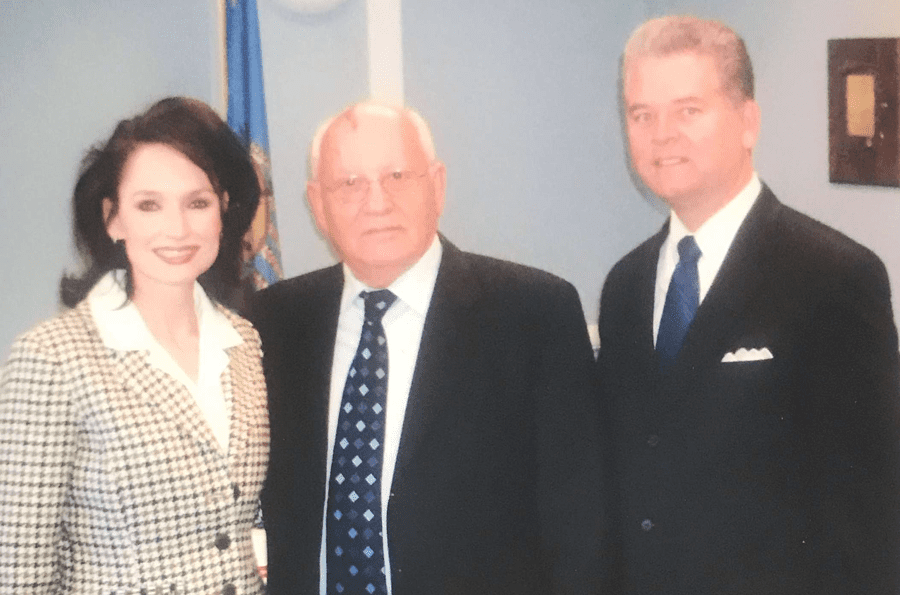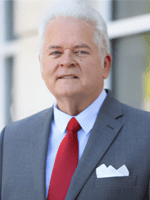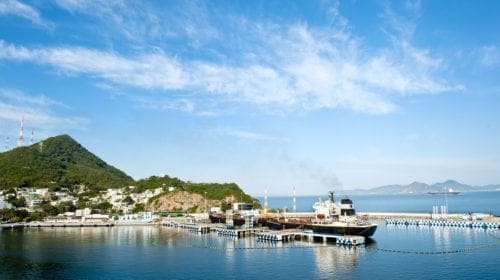Thirty years ago, in August 1992, I was part of a 20 member oil and gas delegation on a visit to the Commonwealth of Independent States (C.I.S.), formerly the Soviet Union. The visit was under the auspices of People to People International and the Ministry of Petroleum for the Soviet Union. This study mission gave participants an opportunity to interact with professional peers and discuss the various aspects of negotiations, joint venture agreements and the utilization of standardized forms. Dramatic changes were occurring in the C.I.S. The introduction of a free market economy and the opening of the stock market in Moscow are just examples of the remarkable reforms the world had seen in those early months. This study mission gave participants the opportunity to discuss with Russian peers current issues facing the industry and how reforms were affecting Russian society.
I did not know what to expect during our delegation visit. I was hopeful that we would find ways to work together and to provide a pathway for a free market system. The study mission provided me with a unique opportunity to witness history, which included the anniversary of the coup; to establish valuable contacts and friendships through professional and personal exchanges with my colleagues and counterparts; to visualize the frontier of change that the Russian Federation was living through; to gain an insight as to the many business opportunities that existed; to experience the hospitality of the Russian people; and to be a member of the first American/Canadian delegation to visit the Makhachkala/Dagestan Region.
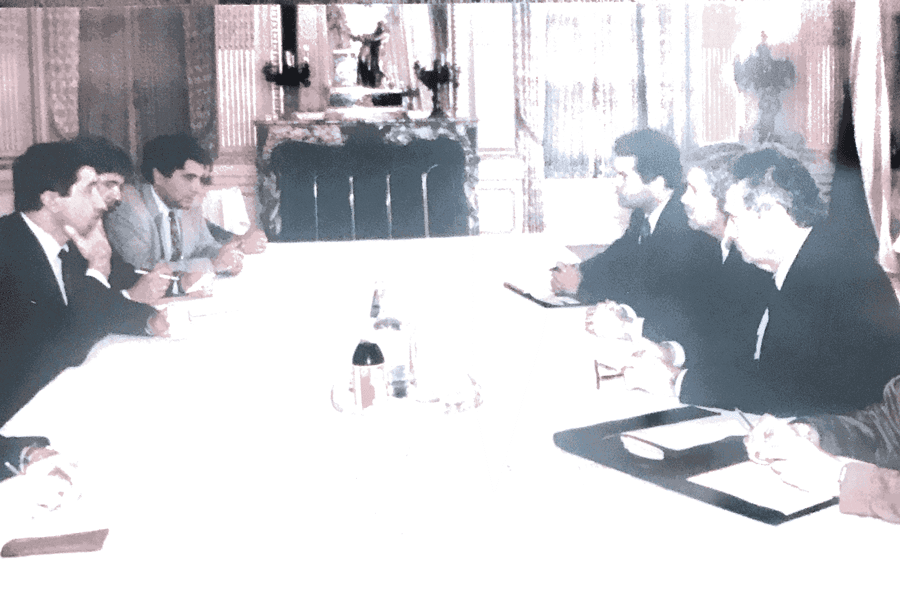
Whereas previously the Petroleum Ministry called the shots on development, production and enhanced recovery projects to a large extent from Moscow, within the framework of the famous Five Year Plan, the production organizations in the field were themselves attempting joint ventures with foreign entities. These new arrangements were still subject to central controls in Moscow regarding finances and taxation.
As one delegate stated, “The Russian people were exhilarated by their new freedoms and afraid for their individual economic survival. Rampant inflation destroyed any sense of security… Any oil and gas company that undertook a project there in the near future would need to be prepared for gnawing uncertainties as to the legal framework and its enforcement, the country’s evolving economic policies, and the role of the military.”
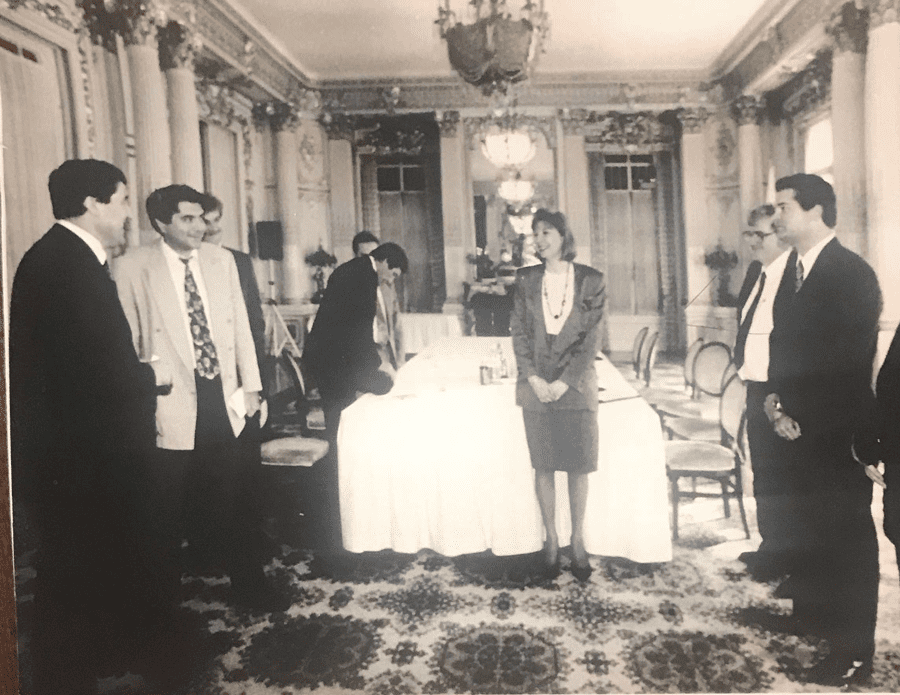
In 1992, most of the delegation was looking for new and brighter opportunities. Personally, I had begun my career in the oil and gas industry in 1977. Since that time, I had been a part of the oil and gas industry’s period of major exploration, followed by a major boom to bust period, and acquisition and merger transition.
A year later, following the 1992 trip to Russia, I was invited to participate in a meeting at the Russian Embassy with Yuri Shafranik, the Russia Minister of Energy, and three others from the Independent Petroleum Association of America. It was my second meeting with the high-ranking Russian energy official. The mission of the meeting was to modernize the oil fields of Russia, thus creating more opportunities for a domestic American oil and gas industry, which had been flat for the past 10 years. There were 30,000 to 35,000 idle wells in Russia. The challenge ahead for the petroleum industry was clear during a visit when the American delegation toured a southern field near the Caspian Sea. With the outdated technology used in Russia, the fields looked like photos I had seen of how we ran fields in the U.S. in the 1940s and 50s. Russians needed to learn more about environmental matters near wells.
As one colleague stated during the 1992 trip to Russia, “One can only hope that men and women of goodwill, learning and vision will guide Russia and its people through this painful and ominous transition period.”
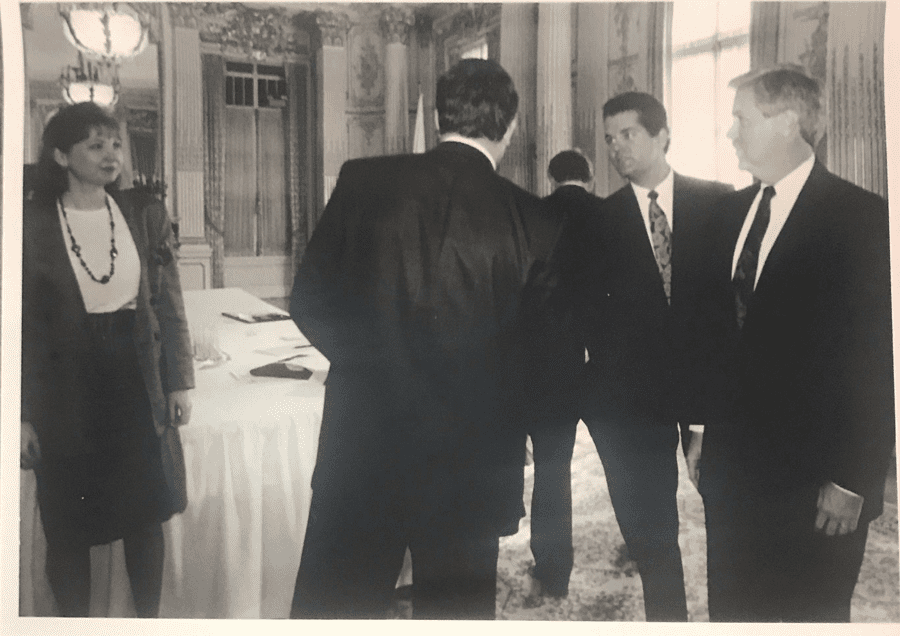
I continued to work on oil and gas opportunities in Russia until 1999. The reason we pulled out of Russia was that we felt communication was lacking, there were breakdowns in negotiations, and there were numerous delays in the execution of projects. Unfortunately, its leaders throughout the years went back to the old ways of doing business.
Over 20 years after the 1992 visit, I was invited to speak as a panelist at the Russian Embassy in Washington, D.C., on the subject of Russian-American Energy Resource Development. There were three panelists from the U.S. and three from Russia. Hopefully, someday, the U.S. and Russia will be able to return to discussions of providing a free market system for the Russian people.
The U.S. has the immediate challenge of striving for energy independence. It is extremely important that the U.S. be in a strong position of securing energy reserves within its own boundaries. Therefore, we need a plan. The U.S. needs energy security. America Needs America’s Energy.
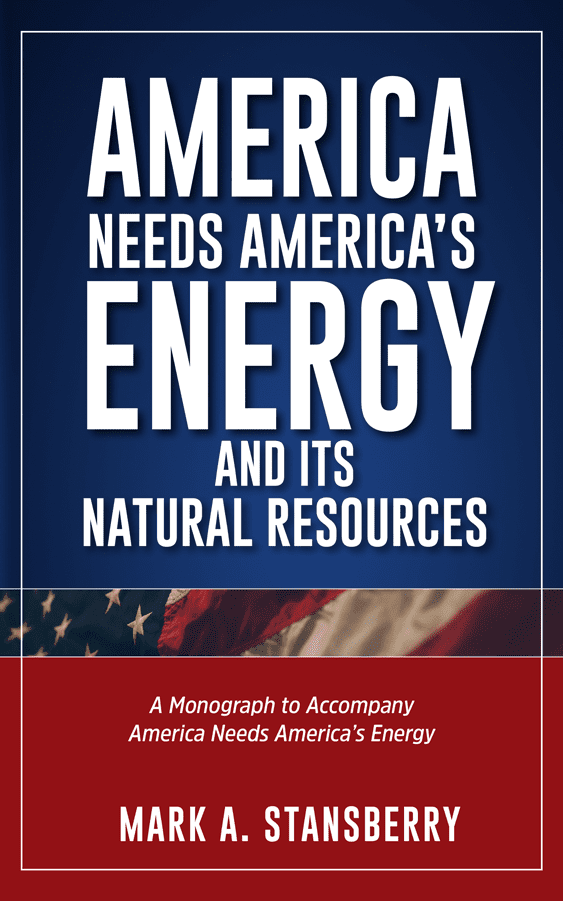 Author’s Note
Author’s Note
In 2012, the book I authored, America Needs America’s Energy, was released during the summer. During this decade of time, the advancement of energy, technology and innovation have come to the forefront. We, as a society, must come together to determine the future pathways for energy development.
In order to meet the challenges ahead, we need to be informed about natural resources and how they apply to our lives and to future generations. In this monograph, the natural resources addressed are crude oil, natural gas, solar, wind, biofuels, nuclear and hydrogen.
This monograph is a tool for conversation and constructive debate, in order to achieve the ultimate results for future generations. This writing is a continuation of the book, America Needs America’s Energy, with a special focus on comparing natural resources and how they supplement one another.
As stated in America Needs America’s Energy, “As the national debate over energy policy escalates, the tendency is to point fingers at companies in the energy business or a lack of will among elected officials to come to grips with the situation. It’s been them versus us, with “them” not always clearly defined. I contend, however, that for too long we have been wasting time blaming the energy industry or the government’s failure to adopt a national energy strategy when we, the people, should be responsible for creating the plan. As consumers of energy, we should drive the process, evaluating how we can best leverage our natural resources here at home to assure long-term energy independence and security.”
This monograph definitely can be used independently as a source. However, the monograph, along with the book, provides a better road map.
I welcome your input. Please note my email address: mark@thegtdgroup.com.
Mark A. Stansberry
www.markstansberry.com
Edmond, OK – June 1, 2022
Headline photo: Nancy Stansberry, Former President of the Soviet Union, Mikhail Gorbachev, and Mark A. Stansberry.
Mark A. Stansberry, Chairman of The GTD Group, is an award-winning author, columnist, film and music producer, radio talk show host and 2009 Western Oklahoma Hall of Fame inductee. Stansberry has written five energy-related books. He has been active in the oil and gas industry for over 44 years, having served as CEO/President of Moore-Stansberry, Inc., and The Oklahoma Royalty Company. He has served as Chairman of the Board of Regents of the Regional University System of Oklahoma, Chairman 2016-2017 of the Gaylord-Pickens Museum/Oklahoma Hall of Fame Board of Directors, Lifetime Trustee of Oklahoma Christian University, and Board Emeritus of the Oklahoma Governor’s International Team. He has served on several public and private boards.
Oil and gas operations are commonly found in remote locations far from company headquarters. Now, it's possible to monitor pump operations, collate and analyze seismic data, and track employees around the world from almost anywhere. Whether employees are in the office or in the field, the internet and related applications enable a greater multidirectional flow of information – and control – than ever before.

